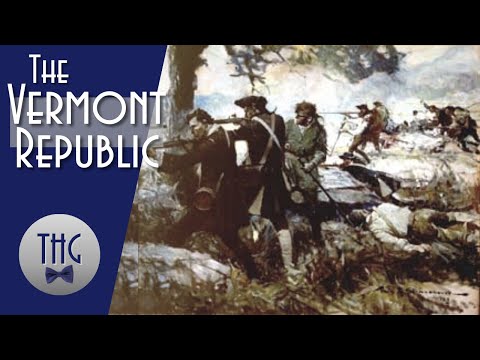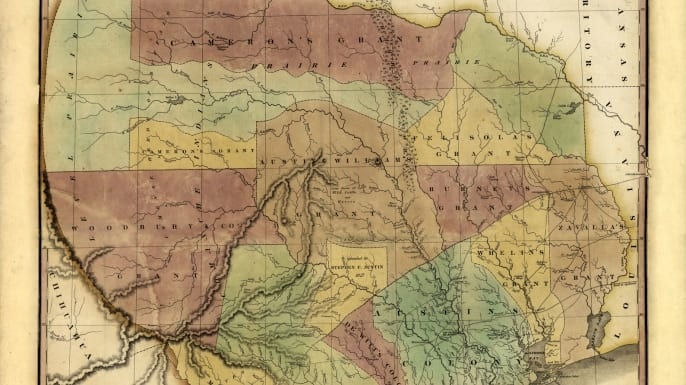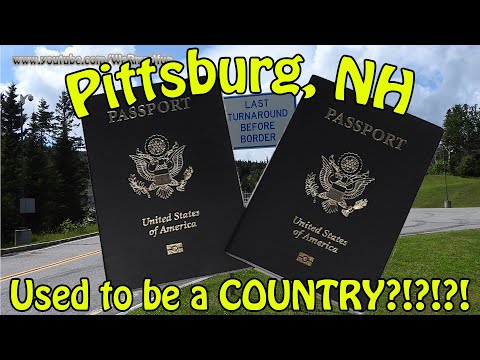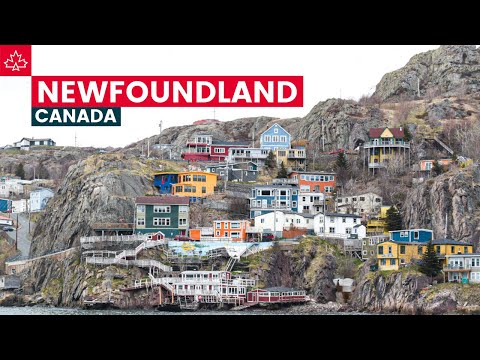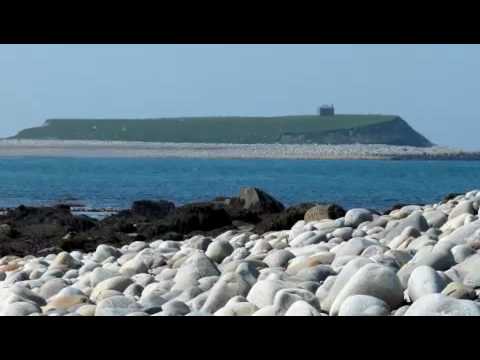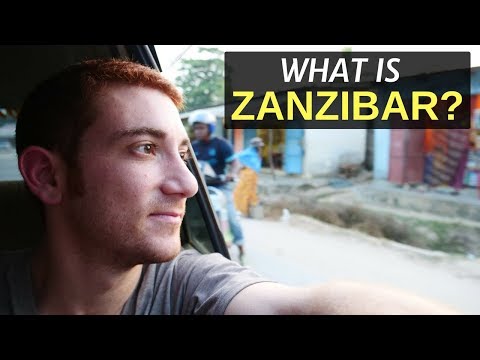But whether credible or simply incredible, nations that are no more often have fascinating backstories. Here are ten, listed in order of their founding. Top 10 Countries With Bizarre Obsessions
10 Sikkim (1642-1975)
Now India’s least populated state, Sikkim – located in northeastern India bordering Bhutan, Nepal and China’s Tibet Autonomous Region – was a sovereign nation for centuries. According to legend, a 14th Century Tibetan prince named Khye Bumsa came to Sikkim after a divine revelation promised him riches. In 1642 Bumsa’s descendant, Phuntsog Namgyal, was consecrated priest-king of the new Kingdom of Sikkim. Watch this video on YouTube Aided by strategic alliances and the Himalaya’s natural defenses, the kingdom fended of invasions from all directions in the coming centuries. In the 1700s, Sikkim repelled raids from both the Bhutanese and Nepalese, despite the latter destroying the Sikkimese capital of Rabdentse. In the 1800s, with the British Empire ruling neighboring India, Sikkim allied with the Brits against their common enemy, Nepal. In the ensuing Gurkha War of 1814, the Nepalese briefly overran Sikkim but were ultimately no match for Britain, which restored Sikkim autonomy in 1817. What really crumbled the Kingdom was its citizens demands for democracy. When India gained independence in 1947, influential Sikkimese formed the Sikkim State Congress, whose primary platform was integration with India and, through it, self-governance. Despite literacy rates and per capita incomes twice that of neighboring nations, decades of civil unrest followed until finally, in May 1975, Sikkim became India’s 22nd state. Today, Sikkim is a famously challenging destination for mountain climbers. A full third of the state is Khangchendzonga National Park, which includes Mount Kangchenjunga – the highest peak in India and third tallest on Earth.[1]
9 Vermont (1777-91)
It’s common knowledge that Texas was once its own country (hence its “Lone Star State” moniker). However, for 14 years in the late 18th Century, so was the small northeastern state of Vermont. Throughout the mid-1700s – when the present-day United States was still British-owned – Vermont had a series of land grant disputes with its adjacent sister colony, New York. Unfortunately for Vermont, the dispute was straightforward and irreconcilable: simply put, New York claimed most of Vermont as its own. By the 1770s, Vermont militias like Ethan Allen’s Green Mountain Boys had resorted to attacking New York officials and rent collectors. By 1777, with the American Revolution heating up, Vermonters had had enough. Despite not being one of the 13 colonies to declare independence from the Crown, the upstart colony declared itself free of both Great Britain and New York. In one fell swoop, the Vermont Republic was formerly established. The diminutive yet determined new nation adopted a constitution – the first in North America to ban slavery and abolish property restrictions on voting – and established its own currency. All along, a goal of Vermont’s independence was to gain US statehood. But when Congress refused to recognize it as separate from New York, Vermont went so far as to petition the British for confederation with Canada. That didn’t materialize either and, in 1791, Vermont finally negotiated its way to becoming the 14th US state by paying New York $30,000 for lost territory.[2]
8 Neutral Moresnet (1816-1920)
For over a century, a 900-acre sovereign state existed in modern-day Belgium. The rise of Neutral Moresnet correlated with the fall of Napoleon. When the 1815 Congress of Vienna redrew the map of Europe following the French dictator’s defeat, among the borders to be determined was the one separating The Netherlands and Prussia. One district proved particularly problematic due to its ample deposits of zinc. To break the diplomatic stalemate, the sides agreed to make the area a jointly administered yet officially independent nation pending a future ruling… … that never came. Neutral Moresnet developed its own currency, and a flag based on the colors of (what else) a local zinc mining company. Once the zinc ran out, both Prussia and Belgium – which gained independence from The Netherlands in 1830 – exerted their influence. Belgium generated revenue from its joint venture via a casino and commemorative stamps; in the 1890s, Prussia undertook a failed attempt to make Neutral Moresnet the first nation to fully embrace Esperanto – a then-new language intended to grow into a universally-recognized tongue. Neutral Moresnet’s run abruptly ended with World War I, when Germany first invaded then abandoned the tiny nation. In addition to ending the Great War, the 1919 Treaty of Versailles also settled the century-long dispute that had created Neutral Moresnet, awarding it as well as adjacent areas to Belgium.[3]
7 Fredonia (1826-27)
Nine years before the Republic of Texas there was the Republic of Fredonia – the first and woefully short-lived attempt by whites to secede from Mexico. In December 1826, a group led by settler Haden Edwards seized control of the town of Nacogdoches – located in modern-day Mason County in eastern Texas – and declared the land an independent democracy. Edwards was an empresario – a settler granted land by the Mexican government in exchange for recruiting more permanent residents in remote swaths of eastern Texas. Since this region bordered the still-growing United States, Mexico wanted to develop the land to prevent incursions from its expansionist-minded neighboring nation. Edwards flipped the arrangement on its head by claiming the land was his to do with as he pleased – including found his own Wild West country. He and 15 fellow Fredonians formed a new government complete with its own flag. To defend his nascent nation, Edwards signed a treaty with the area’s Cherokee Indian tribe, which distrusted Mexico’s government after years of trampled-upon land rights treaties. However, overtures from another respected empresario – Stephen Austin, namesake of the modern-day state capital and often called the Father of Texas – convinced Cherokee leaders to repudiate the rebellion. On January 31, 1827 – barely a month into the experiment – Mexican soldiers and Texian militia marched into Nacogdoches to restore order. The Cherokee chief who’d initially embraced Fredonia was killed by his own tribe, and Edwards fled east to the United States.[4]
6 Pittsburg, New Hampshire (1832-35)
Half a century after Vermont’s short-lived sovereignty, a 300-strong band of residents in neighboring New Hampshire declared their independence… only they didn’t quite know what country to notify of their newfound self-sufficiency. The area then known as Indian Stream had been the focal point of a running border dispute between the Unites States and British-controlled Canada, with both claiming Indian Stream as its own. For Indian Streamers, this was all well and good… until two sets of tax collectors showed up. So in July 1832, they sent both Uncle Sam and his UK equivalent home empty-handed except for a notice that Indian Stream was now its own nation. Collect this, taxman. The Indian Stream Republic’s freshly printed constitution mandated that home rule would remain in effect “till such time as we can ascertain to what government we properly belong.” Officials from both the US and Canada served warrants, which led to several violent incidents. It took three full years for the defiant, diminutive nation to rise high enough on the New Hampshire militia’s priorities list. Finally in mid-1835, at gunpoint, Indian Streamers allowed their nation to merge with New Hampshire. The British, however, refused to respect the new arrangement, and later that year an international incident emerged when a British debt collector arrested an Indian Streamer for an unpaid bill. Unwilling to go to war for such frivolities, the British backed down. Indian Stream was renamed Pittsburg, and officially became US territory under an 1842 treaty clarifying various questions concerning the US-Canada border.[5] 10 Countries Missing Things You Thought Would Be Impossible
5 Tavolara (1836-No one cares)
Known in ancient times as Hermea – and believed to be the place where Pope Pontian died after his 235 A.D. arrest and abdication – the limestone island of Tavolara measures just 5km long and 1km wide. Throughout its checkered history, Tavolara’s unassuming size and proximity to Sardinia, Corsica and modern-day Italy has made it a launching pad for would-be aggressors – including 9th Century Arab raiders and, a millennia later, a failed attempt by Napoleon’s brother-in-law, Joachim Murat, to regain the Kingdom of Naples. Watch this video on YouTube But Tavolara’s grandest day came in 1836, when a shepherd named Giuseppe Bertoleoni – at the time the island’s sole denizen – proclaimed that the King of Sardinia, Charles Albert, had named him King of Tavolara during a recent visit. Regardless of the decree’s questionable-at-best legality, the bigamist Bertoleoni brought each of his two families to his new kingdom and, in 1845, passed the crown down to his son, Paolo, who “reigned” for over four decades. In 1868, the recently unified Italian government began operating a lighthouse on the island. Despite this illuminous incursion, the royal family persisted. The imaginary crown passed to Paolo’s daughter, Mariangela, then to Paolo II and Carlo II. In fact, Tavolara is STILL a fully functioning, albeit fully unrecognized, kingdom: Its current monarch is Antonio Bertoleoni, who goes by Tonino and owns a restaurant of the same name.[6]
4 Newfoundland (1907-1949)
Canada’s easternmost province, Newfoundland, was once its own country whose sovereignty lasted well into the 20th Century. Newfoundlanders fought under their own banner in World War II before formally becoming Canadians in 1949. Watch this video on YouTube First settled by Basque fishermen in 1563, Newfoundland soon became a British possession – in fact, it was England’s first permanent territory in North America. Settlements flourished across Newfoundland as it accrued a reputation for some of the world’s most profitable fishing. In 1854, Newfoundland gained some measure of autonomy when Britain established it self-determining Responsible Government. In 1907, the island became a full self-governing dominion – a status similar to Canada’s. In World War I, Newfoundland lost nearly its entire regiment in 1916’s Battle of the Somme. The combined debt from the war and construction of the Newfoundland Railway, further exacerbated by deep declines in fish prices due to the Great Depression, left Newfoundland in financial crisis. So in 1933, in exchange for guaranteed loans from England, the Responsible Government was disbanded. Though promised a return to self-governance once the economy improved, the people of Newfoundland eventually voted to join Canada in July 1948. Along with the neighboring territory of Labrador, to which it was linked in the late 1920s, Newfoundland became the country’s tenth province the following year. Today, Newfoundland still stands apart for one confusion-causing distinction: the province has its own oddball time zone, half an hour ahead of the other Atlantic provinces and 90 minutes ahead of Eastern Time Zone metropolises Montreal and Toronto.[7]
3 Outer Bald Tusket Island, Nova Scotia (1948-1973)
Off the southern tip of Nova Scotia, Canada lies Outer Bald Tusket Island. In the 1930s, the three-acre island hosted the world’s most prominent international tuna fishing tournament. In 1948, American businessman Russell Arundel purchased it from two locals for the handsome sum of $750. His modest purchase belied grandiose intentions: a sovereign, men-only nation comprised entirely of fisherman. A Declaration of Independence soon followed: “Let these facts be submitted to a candid world that fishermen are a race alone… endowed with the following inalienable rights… freedom from question, nagging, shaving, interruption, women, taxes, politics, monologues…” And so on. The fledgling Outer Baldonia soon had a charter, a fish-adorned flag, passports and a military. Arundel bestowed himself the title “Prince of Princes,” and all citizens who caught a bluefin tuna and paid a $50 fee were accorded the rank of prince. Everything was going swimmingly until 1953, when USSR state media published a critique of the new nation’s eccentric charter. Outer Baldonia’s less-than-measured response was to declare war on the Soviet Union on March 9, 1953. Luckily for the Soviets, the Baldonian navy – a seafaring force of 69 admirals – never attacked, and eventually Arundel lost interest in his adopted homeland. In 1973, he sold the island to the Nova Scotia Bird Society. Today the former Outer Baldonia is designated the Earle E. Arundel Breeding Bird Sanctuary.[8]
2 Zanzibar (1963-1964)
Zanzibar, an island off the eastern coast of Tanzania also known as Unguja, has been inhabited for at least 20,000 years. It is referred to as Menuthias in ancient Greco-Roman texts, and in the 1st Century AD was settled both by Bantu-speaking Africans and refugee Arabs. Its European influence began with Vasco da Gama’s visit in 1498, with Portugal claiming Zanzibar shortly thereafter. Their rule was largely hands-off until 1635, when the Sultan of Mombasa (Kenya) orchestrated a massacre of Portuguese residents, prompting the European power to construct a military fort. Nonetheless, the Sultan of Oman assumed authority in 1698, and Zanzibar quickly became a hub of the East African slave trade. In the mid-1800s, the British Empire used its vast influence to ban slavery in the region, and eventually claimed Zanzibar as a protectorate in 1890. As it did with other far-flung territories, the British eventually granted Zanzibar independence, and in December 1963 a constitutional monarchy was established… … for all of one month. In a coup that killed some 20,000 residents, the ruling Sultan Jamshid bin Abdullah was exiled, and the socialist People’s Republic of Zanzibar and Pemba (another nearby island) was founded. This also was short-lived. In April 1964, Zanzibar merged with its mainland neighbor, then known as Tanganyika. The combined country was soon renamed Tanzania to showcase the new union, which remains to this day.[9]
1 Asgardia (2016-?)
This last one is out there – way, way out there. Also known as The Space Kingdom, Asgardia was formed in October 2016 by a group of people who launched a satellite into Earth’s orbit. Referring to themselves as Asgardians (insert joke here), they’ve declared sovereignty over the space occupied by and contained within their satellite, Asgardia-1 – essentially seeing the spacecraft as a man-made, mobile nation. The Asgardians have adopted a constitution, whose preamble declares the intention of uniting “the future humanity as transethnic, transnational, transreligious, ethical, fair, peaceful, looking into the infinite Universe, based on equality and dignity of every human being.” Sputnik, meet Peacenik. #NoJusticeNoGravity. Despite its (literally) nebulous long-term aspirations, Asgardia does have a set of near-term goals. Asgardians hope to pioneer free access to outer space and establish a permanent settlement on the moon by 2043. Another key initiative is facilitating the first childbirth in space, which Asgardians see as “a crucial step on our path to immortality as a species.” Igor Ashurbeyli, who started the Asgardia Independent Research Center, is the space nation’s founding father and current head of state. The nation also has a 150-member parliament, and has suggested as its legal tender a cryptocurrency called Solar.[10] Top 10 Countries Held Back By Their Geography Read More: Twitter Website

